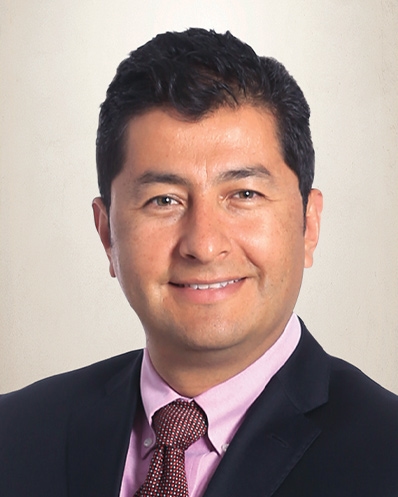The causes of endometriosis are somewhat of a mystery, but the treatments have improved over the years.
Dr. Avelino Garcia said it is a gynecological pathology where the patient experiences pain when she menstruates.
The Mayo Clinic website details “… tissue similar to the tissue that normally lines the inside of your uterus — the endometrium — grows outside your uterus.”
It most commonly involves the ovaries, fallopian tubes and the tissue lining the pelvis, the site said. Garcia said it can also be found in other areas of the body, but it is rare.
The condition is especially painful during menstruation. The Mayo Clinic site detailed “the endometrial-like tissue acts as endometrial tissue would — it thickens, breaks down and bleeds with each menstrual cycle. But because this tissue has no way to exit your body, it becomes trapped. When endometriosis involves the ovaries, cysts called endometriomas may form. Surrounding tissue can become irritated, eventually developing scar tissue and adhesions — bands of fibrous tissue that can cause pelvic tissues and organs to stick to each other.”
Garcia said based on the presentation of the symptoms you can do a physical examination, but a pathologist can make a definitive diagnosis through a biopsy of the affected area.
It can get worse gradually over the years and can cause pain during intercourse and fertility issues.
“Don’t forget, there’s a lot of other factors that could eventually lead to pelvic pain that could eventually be similar, or mask or be confusing pointing toward endometriosis,” Garcia said.
Pelvic pain is multi-factorial, he said. You have to get good information from the patient and a good description of the onset of symptoms.
“In the past, it was treated with surgical therapy,” Garcia said.
In the past, the surgical approach was more common as an initial therapy. Now drugs such as birth control pills and anti-inflammatories are used. There also are a class or group of drugs, GnRHagonist, such as generic drugs in that group like Leuprolide, Buserelin, Goserelin, Triptorelin, Nafarelin and Orlissa.
Medical therapy is used more now because there is more interest in preserving fertility, Garcia said.
You don’t have to wait for diagnosis by a pathologist to treat endometriosis. If a patient presents symptoms suggests the condition you can treat it as such.
Although endometriosis is usually in the pelvic area, it can show up anywhere in the body such as the large or small intestine or bladder.
In the kidneys, it can manifest in different ways such as frequent urination and blood in the urine every time the patient menstruates, Garcia said.
“Those cells that are abnormally present in the blood are going to bleed whenever the patient … (menstruates),” he said.
Patients could also have blood in their stool, or if it is in the lungs the patient could have a cough with blood in it. There have also been cases of cerebral endometriosis, but Garcia said it is very rare.
There also is a risk of certain types of cancers and cardiovascular disease related to endometriosis, he said.
Causes of endometriosis are not well known.
“There are several hypothesis for how it starts, but nothing is really proven,” Garcia said.
Decreasing consumption of red meat and processed meats and increasing the amount of vegetables. That helps to manage the symptoms. Being in menopause also also helps.




